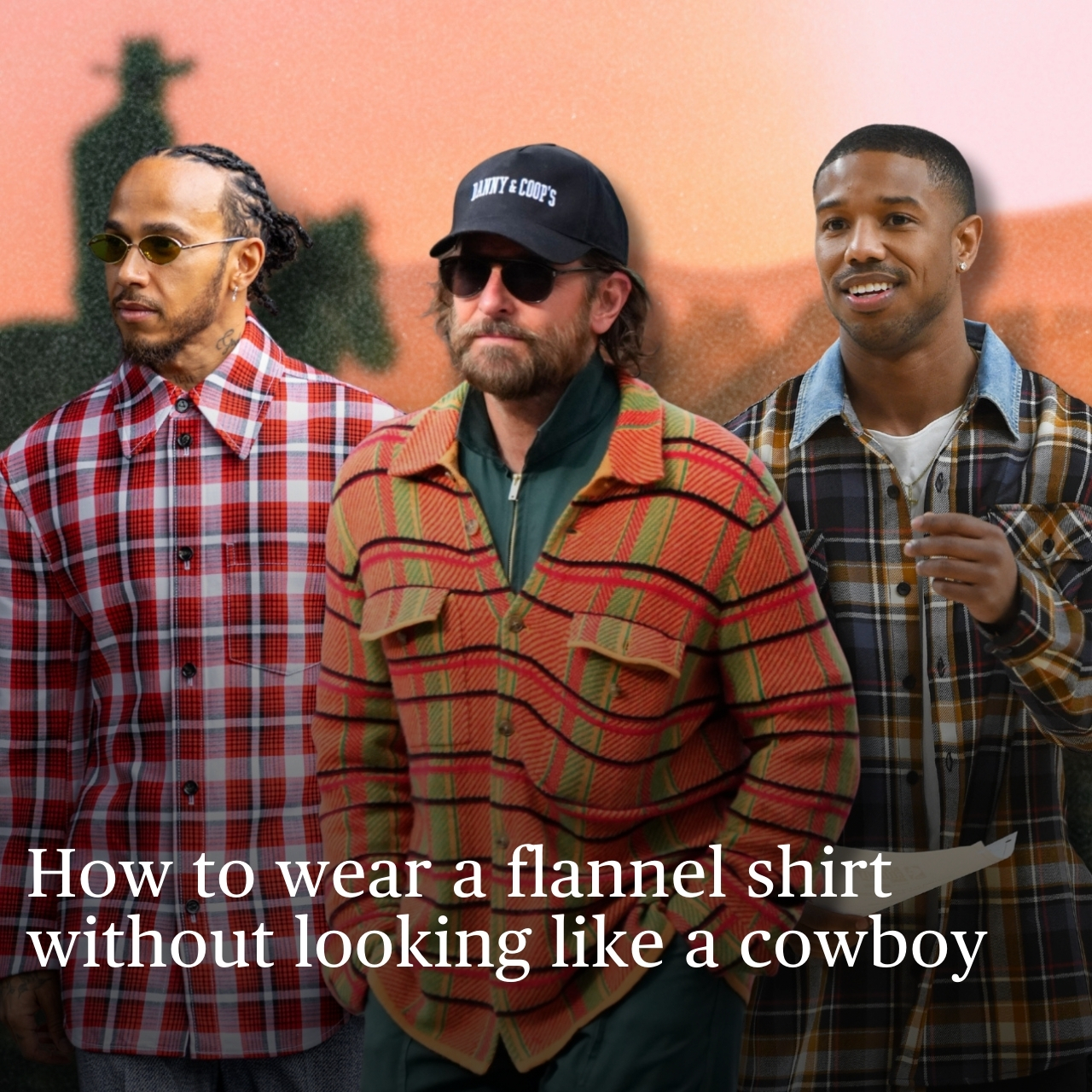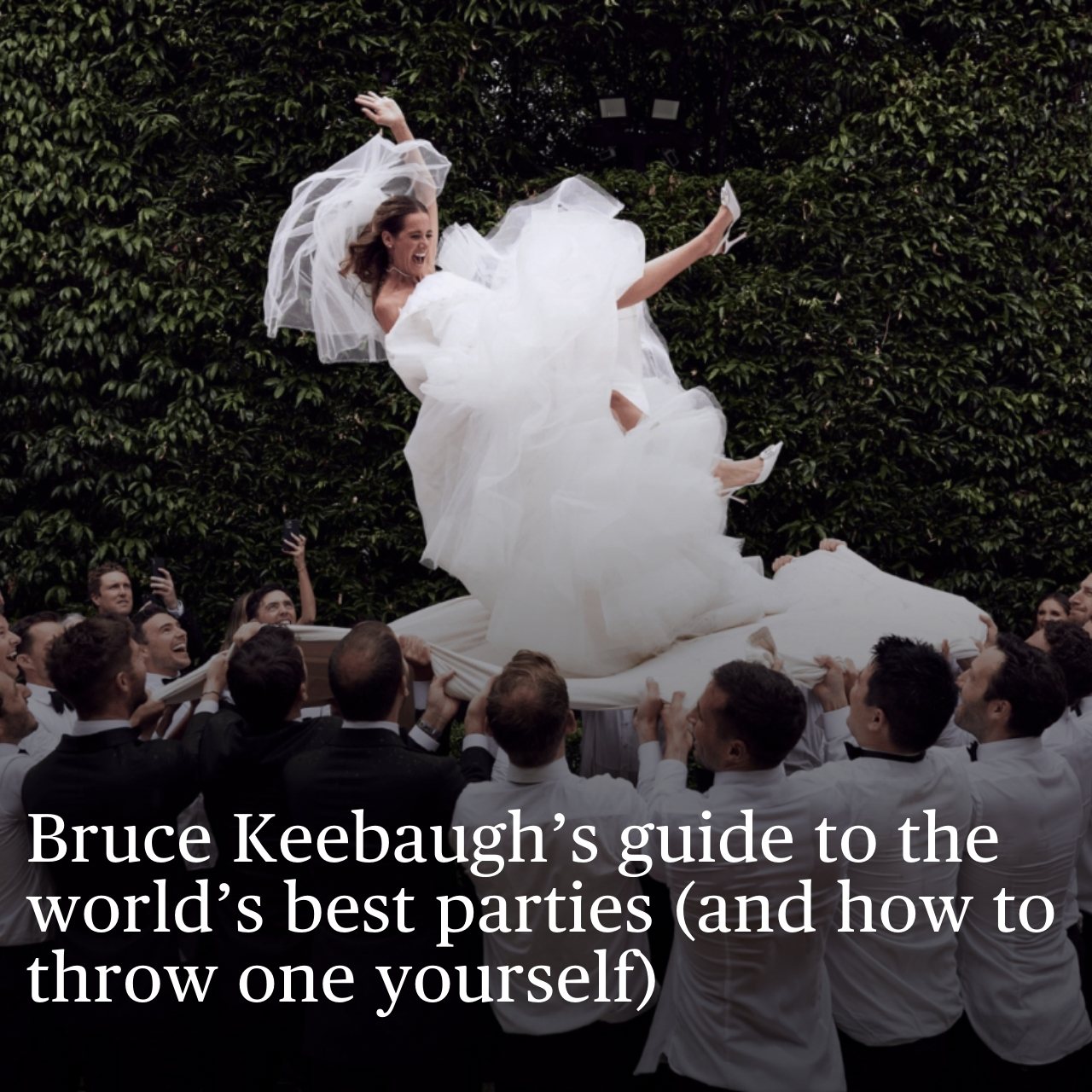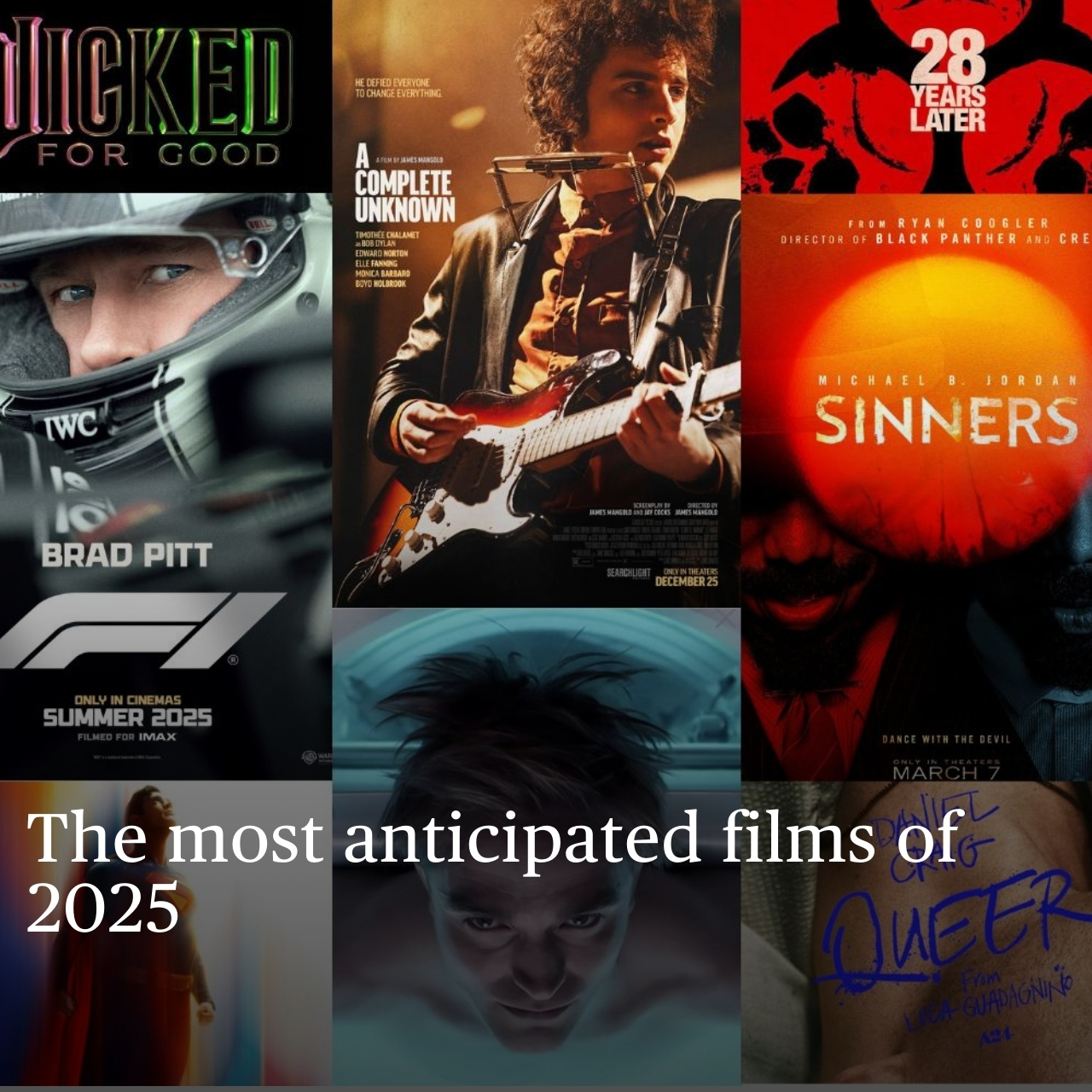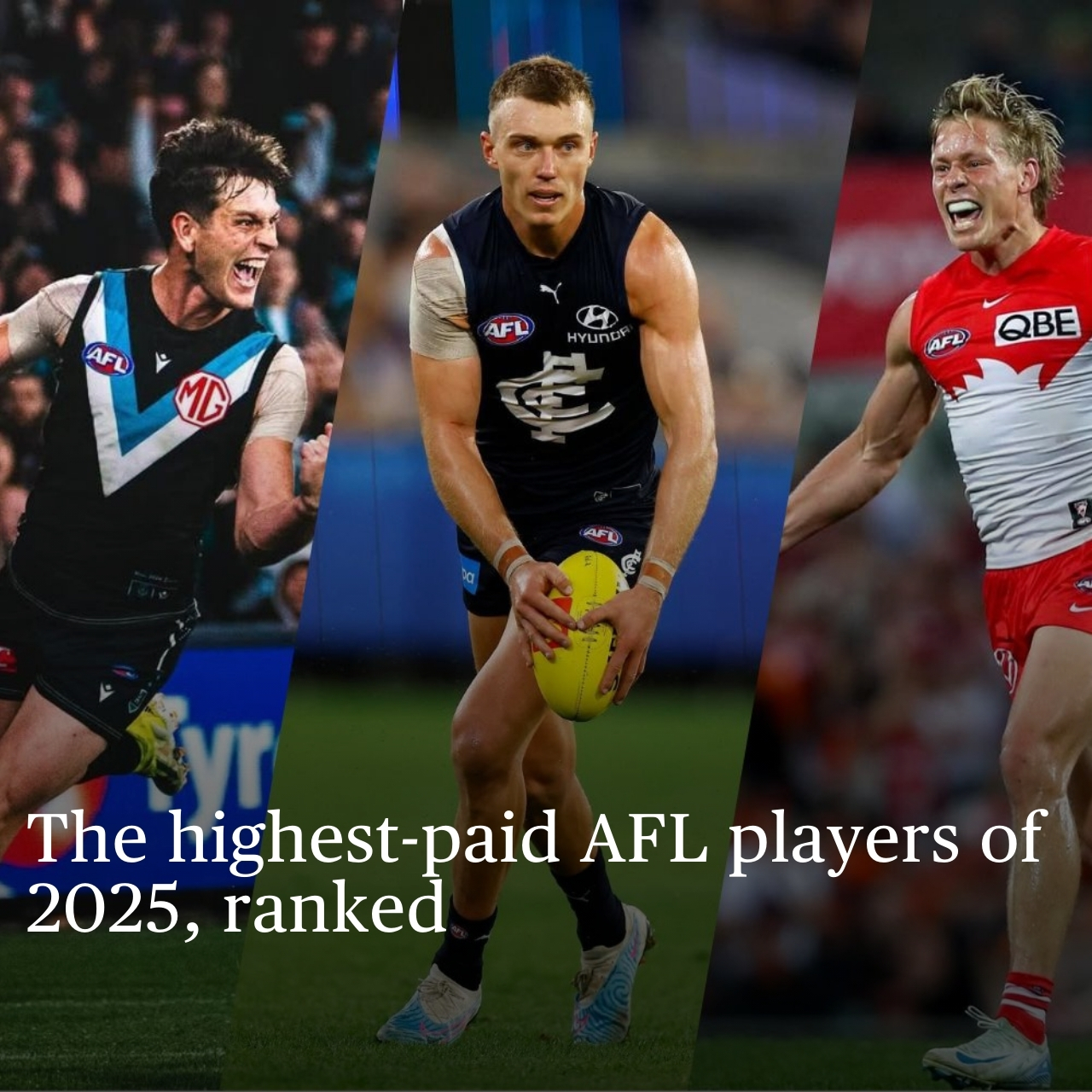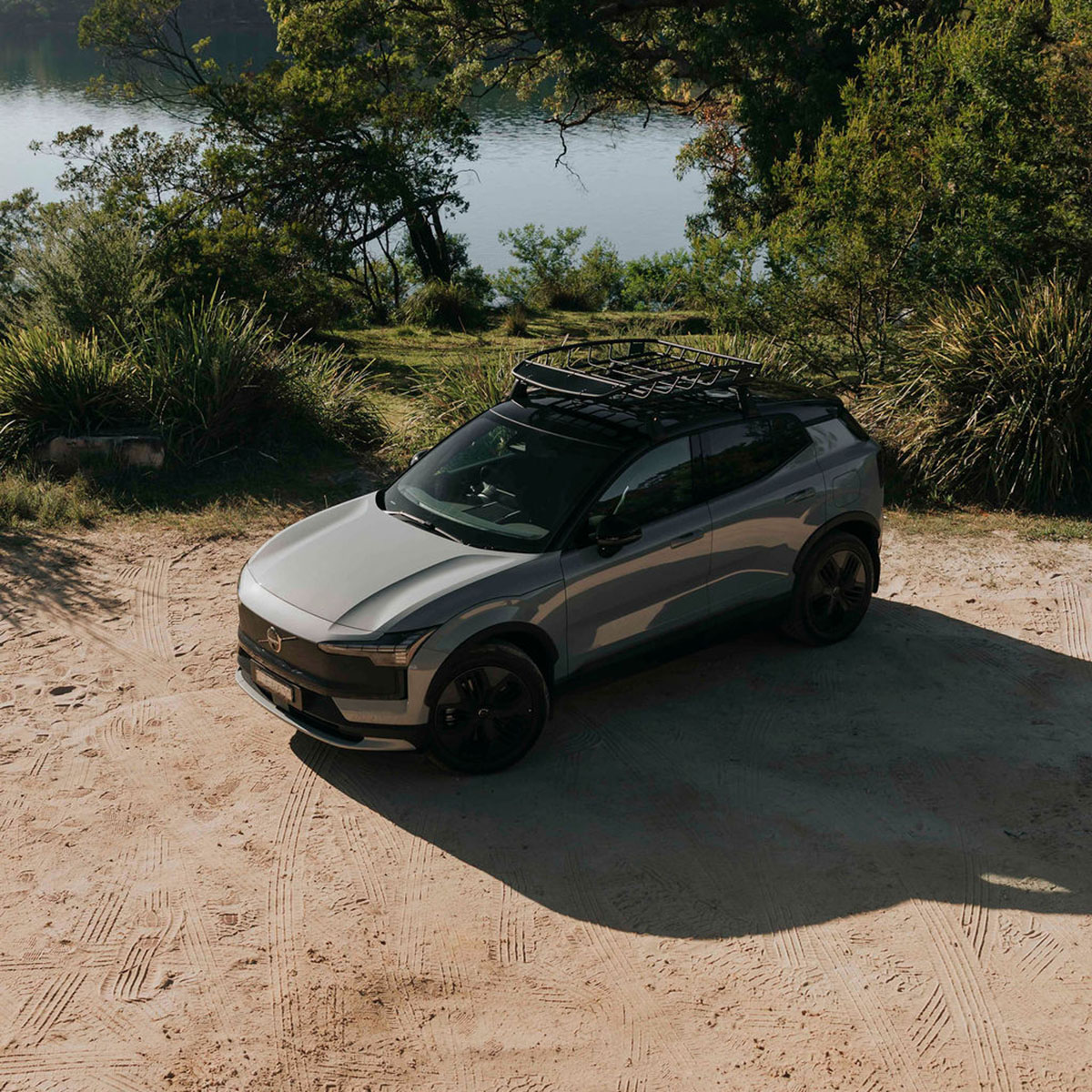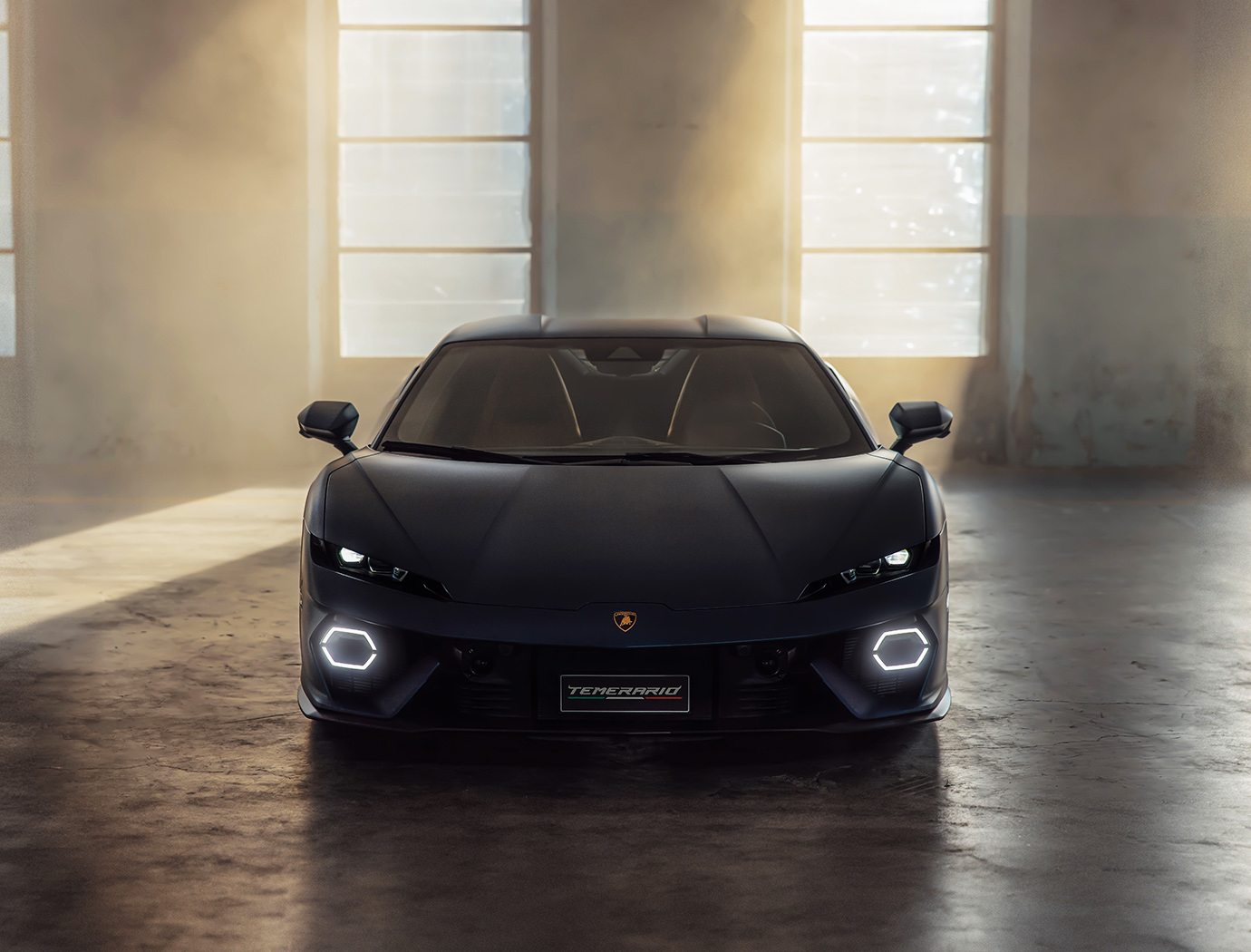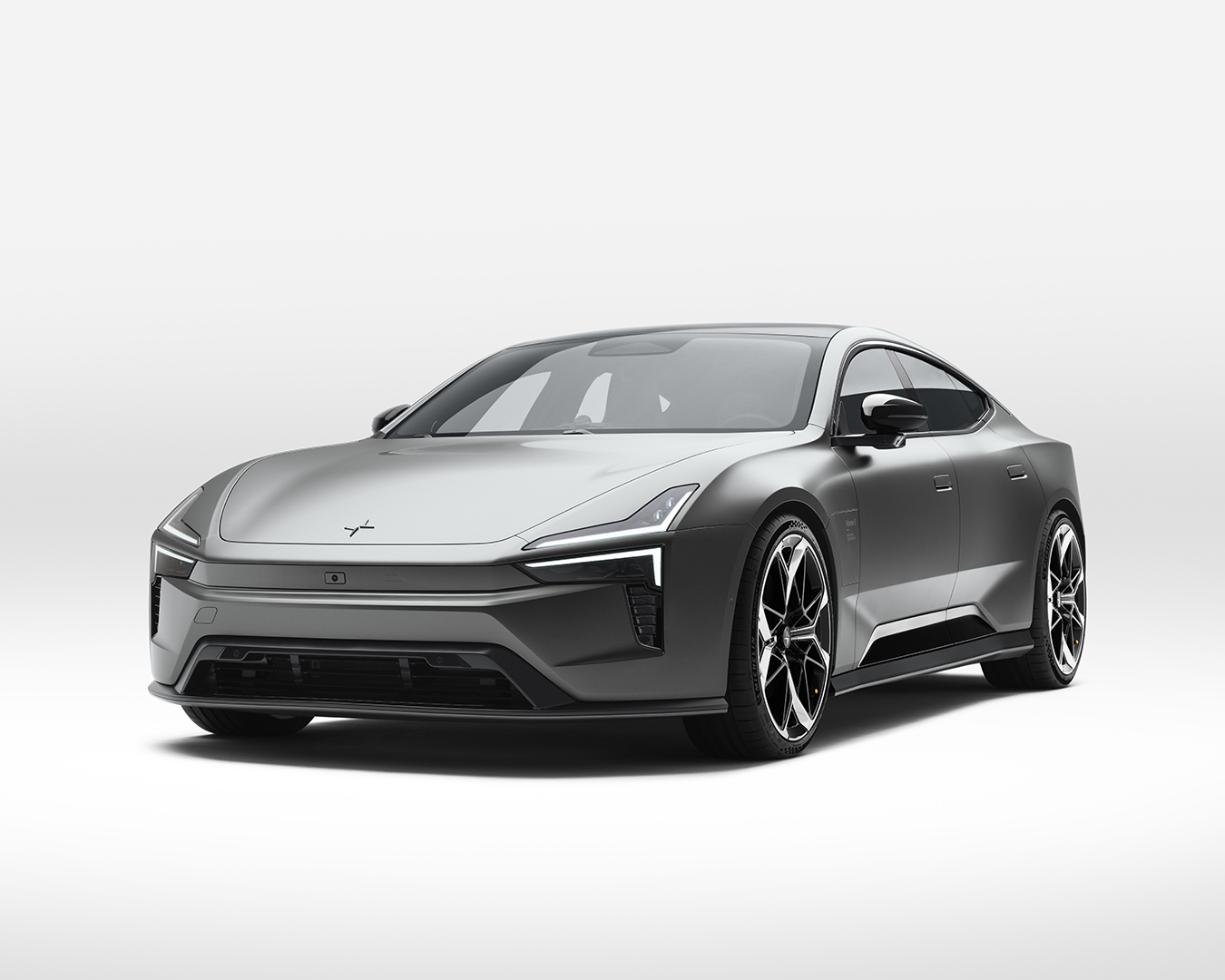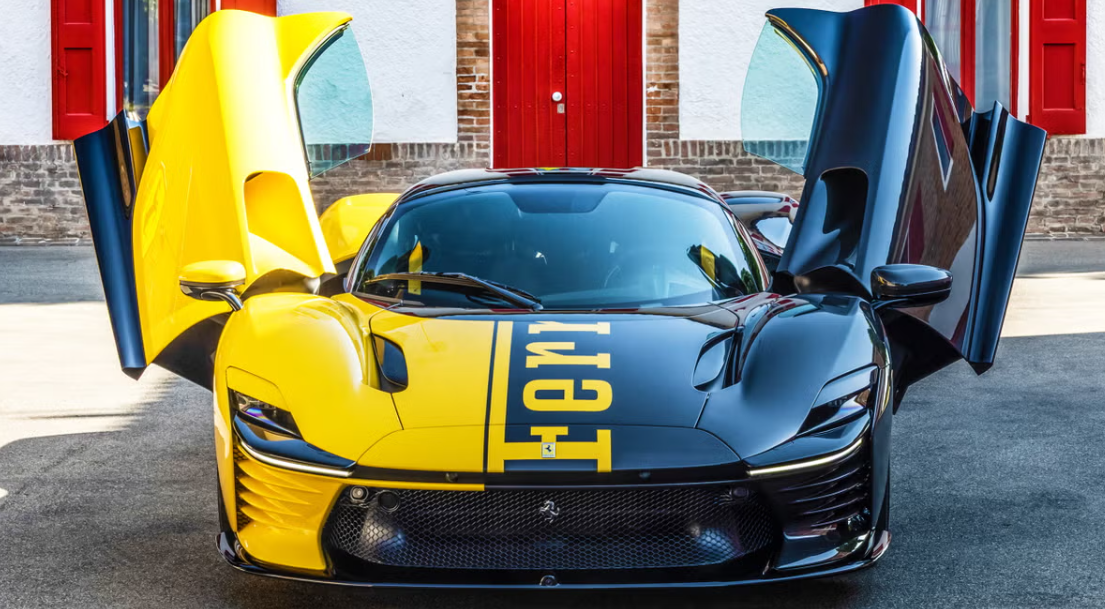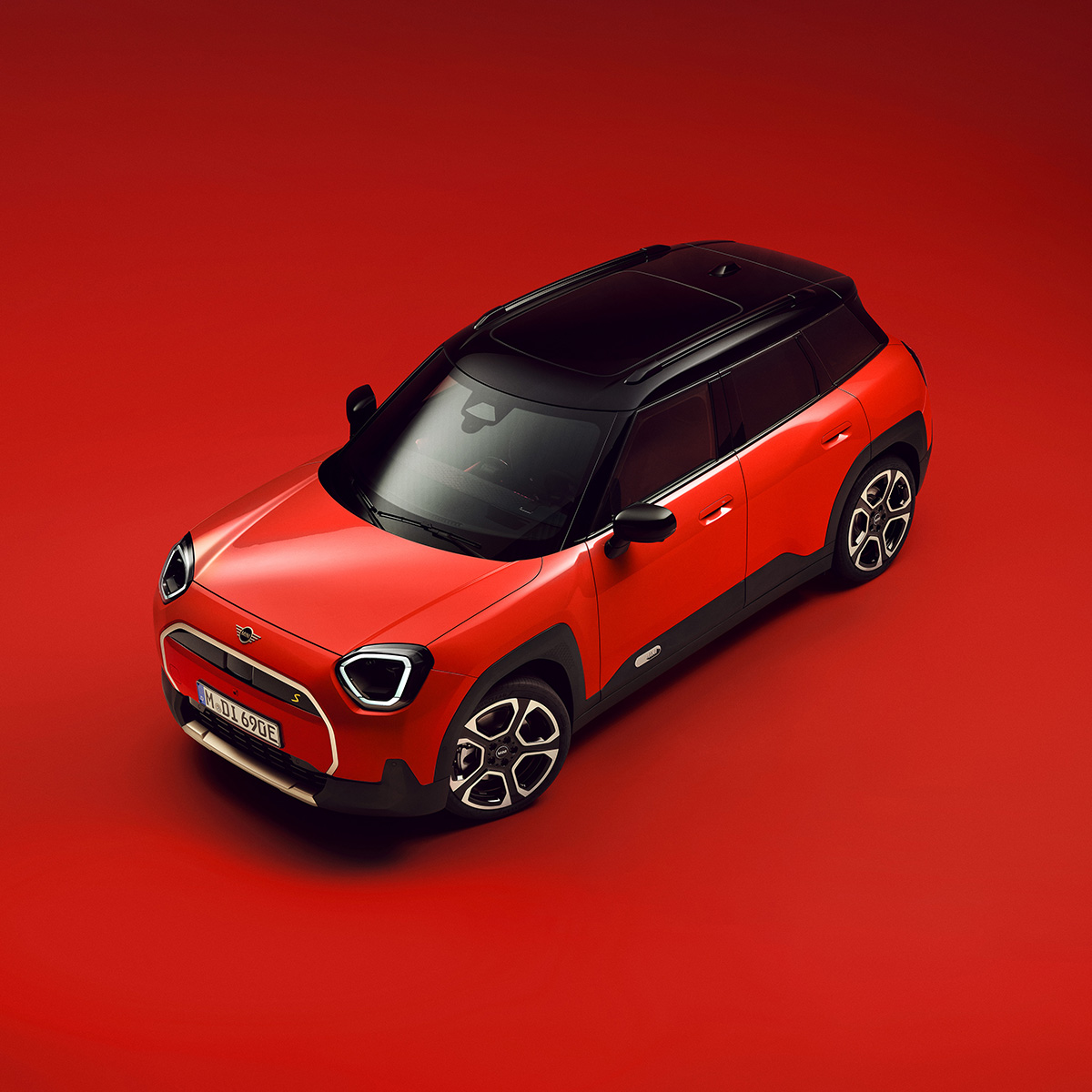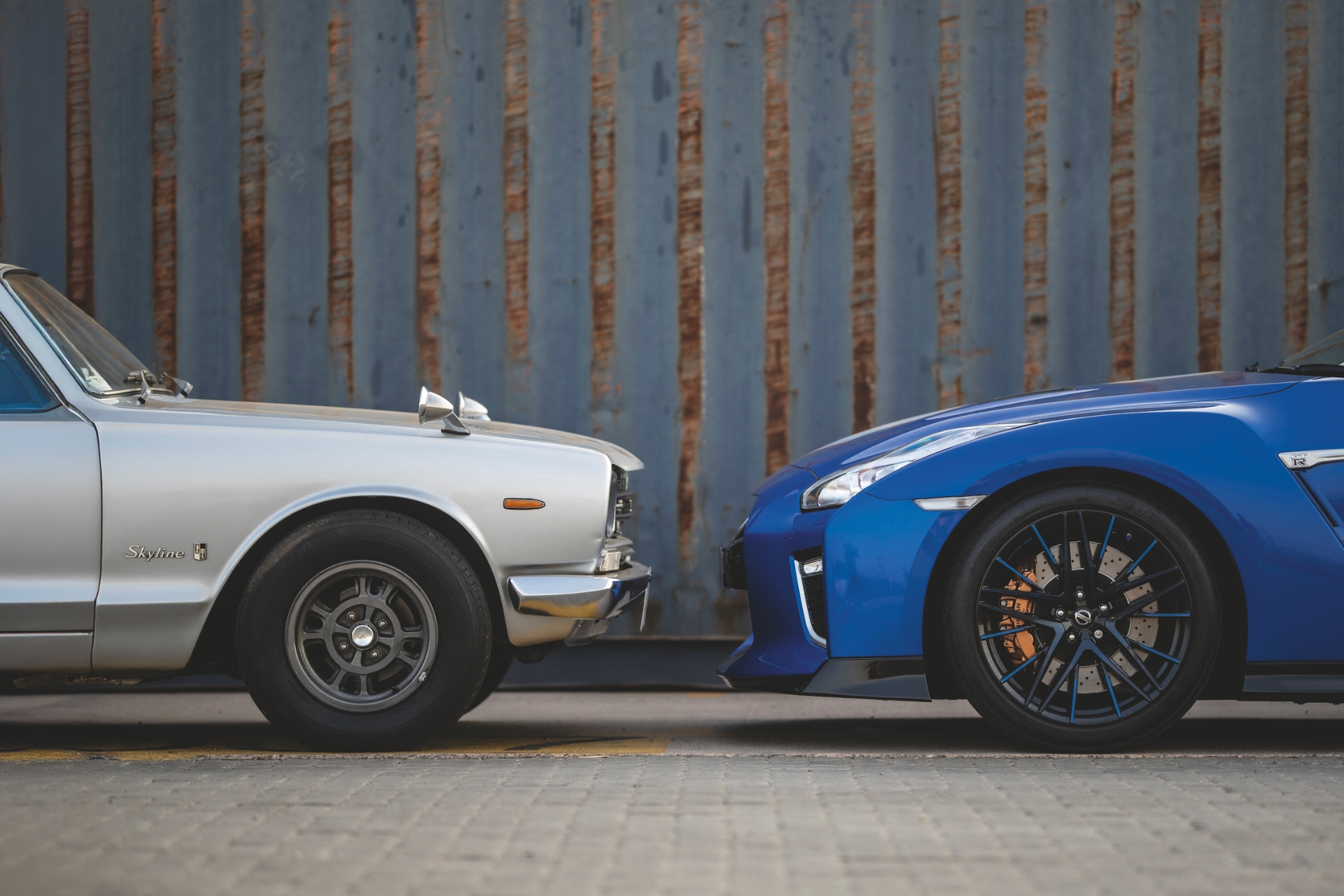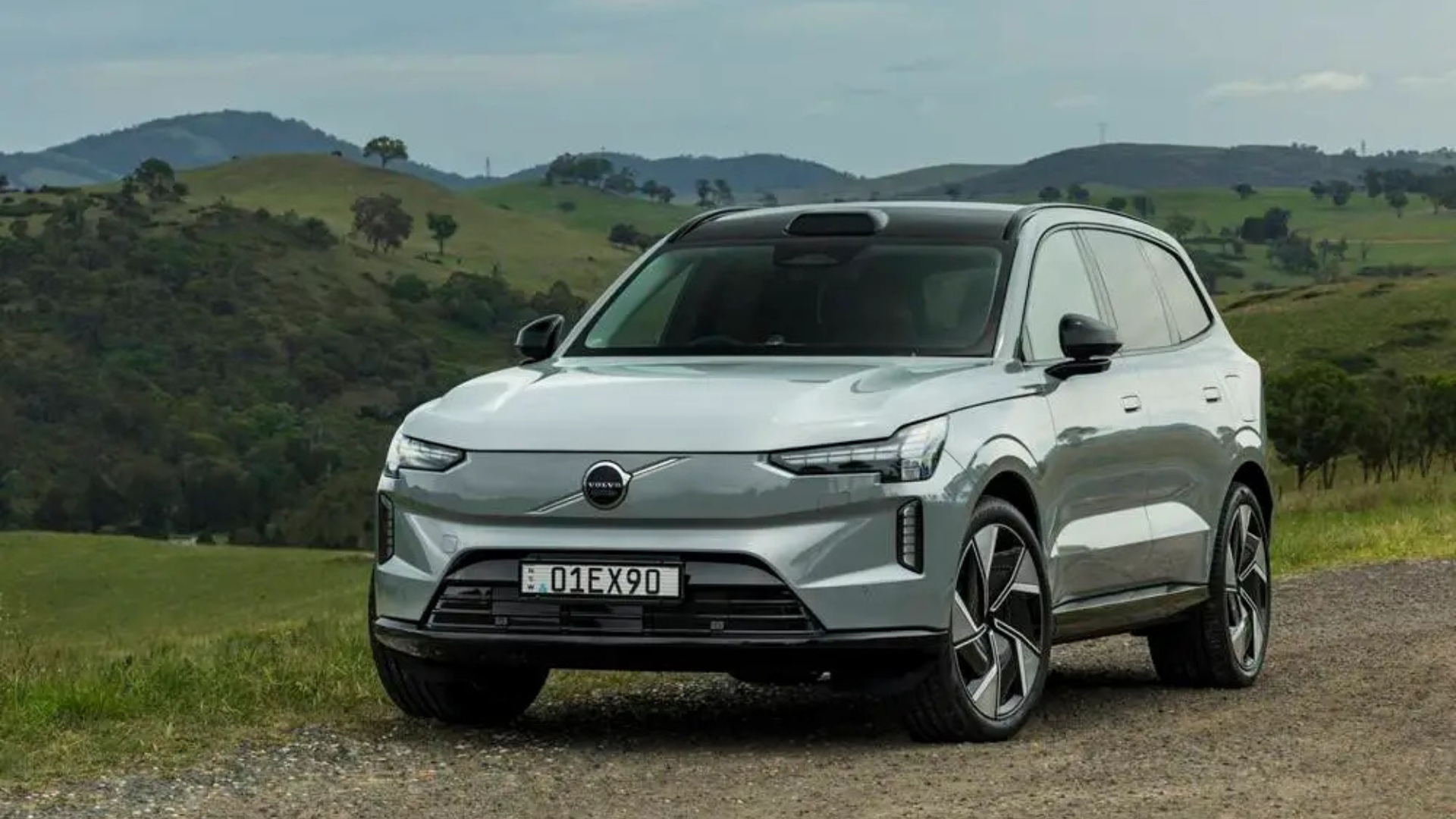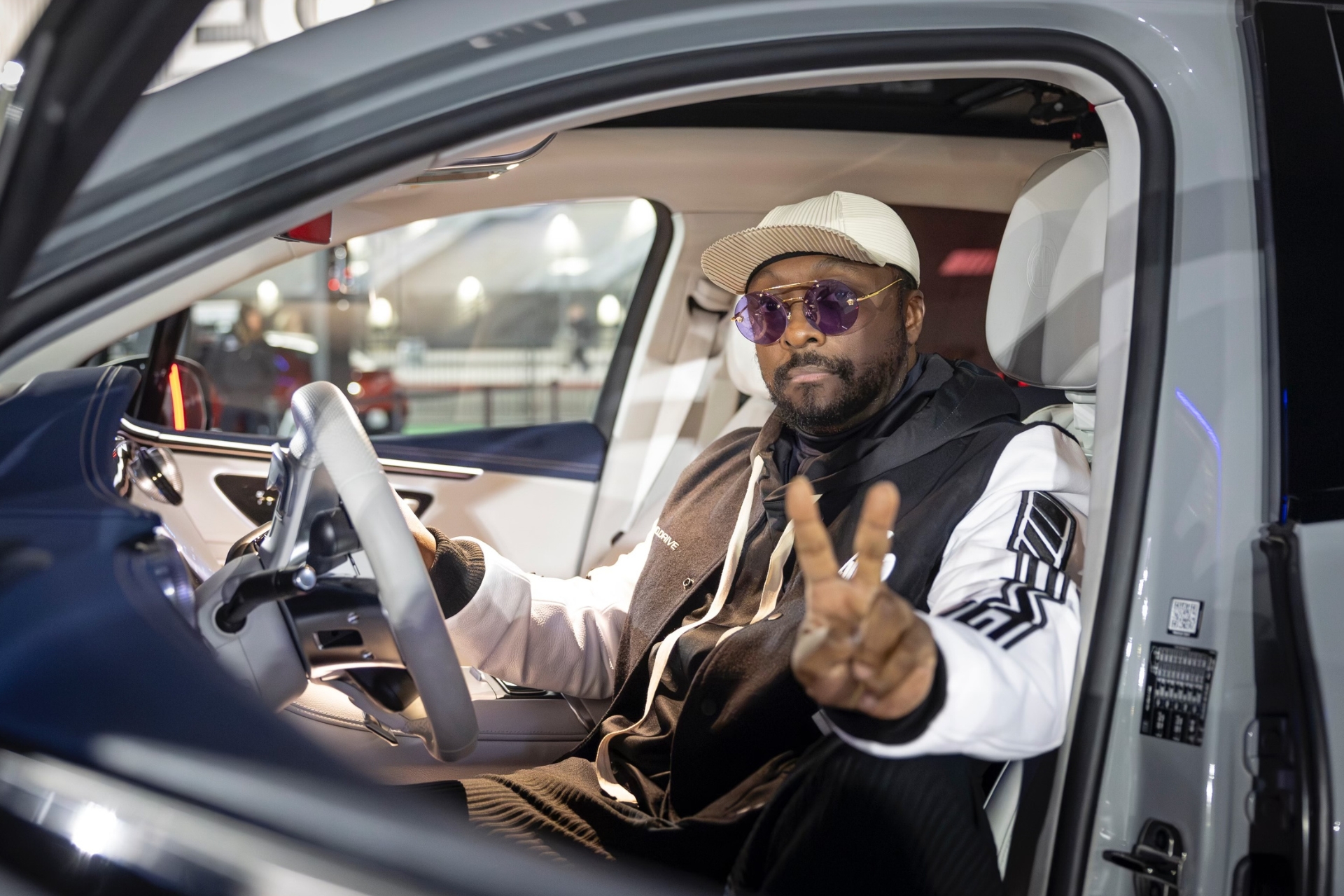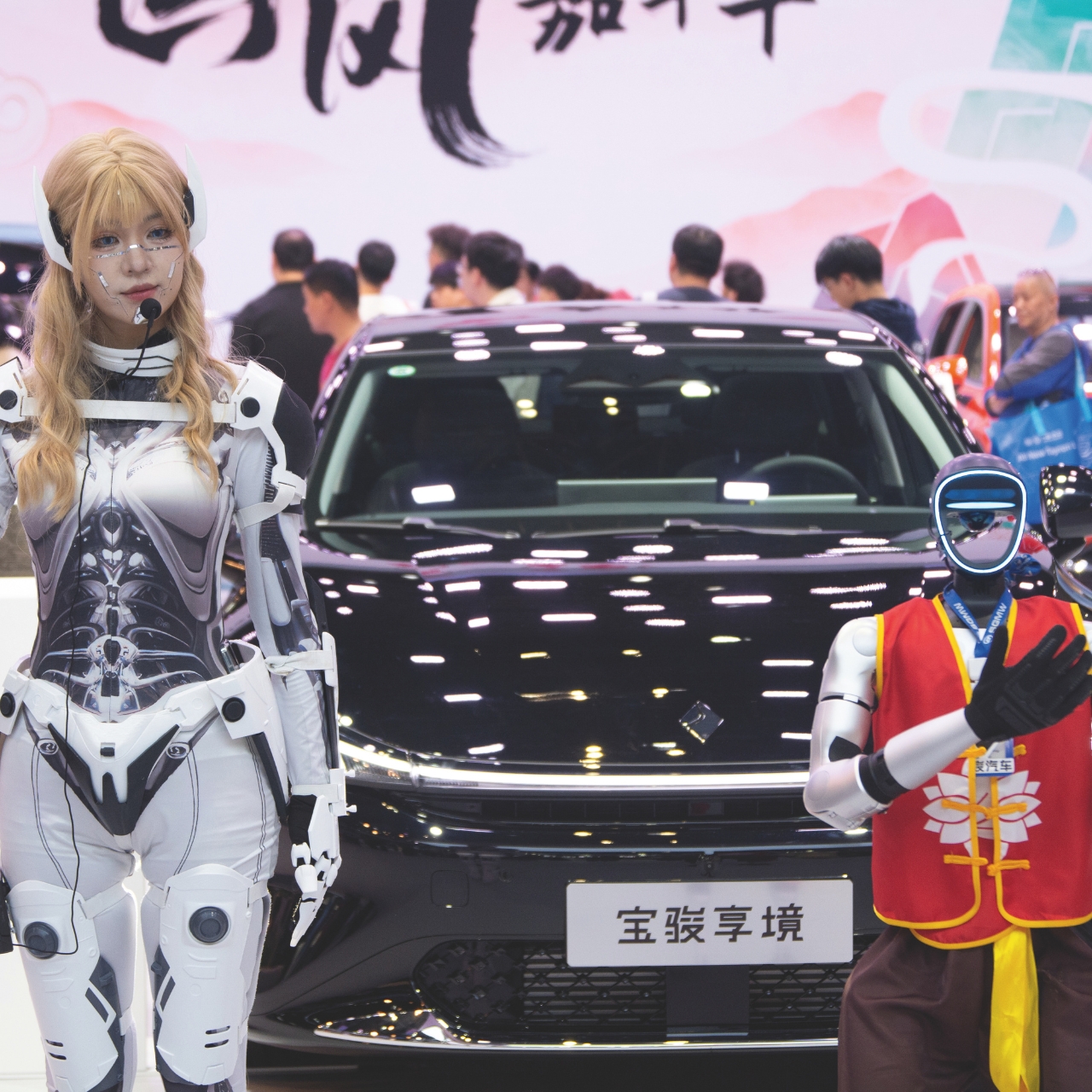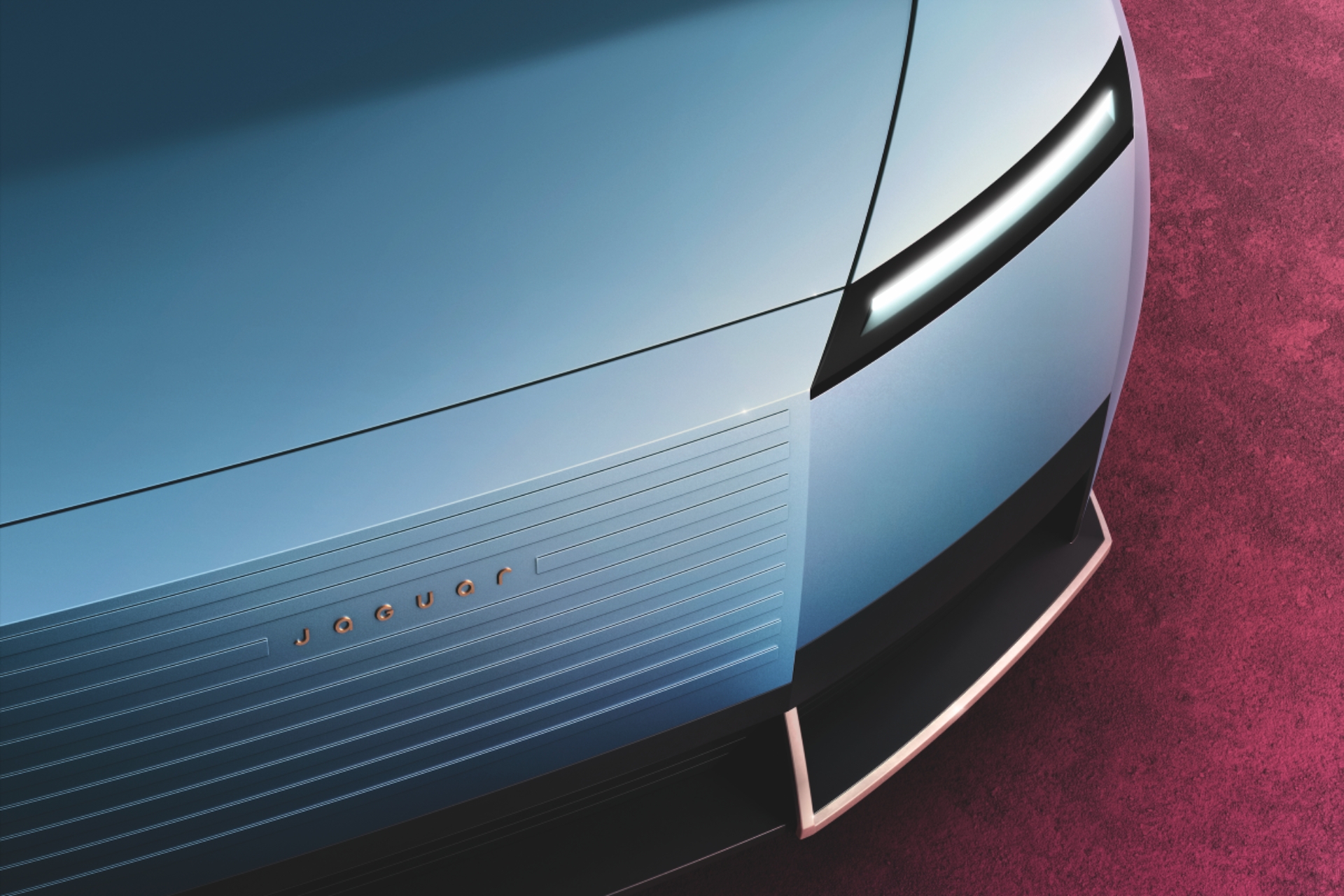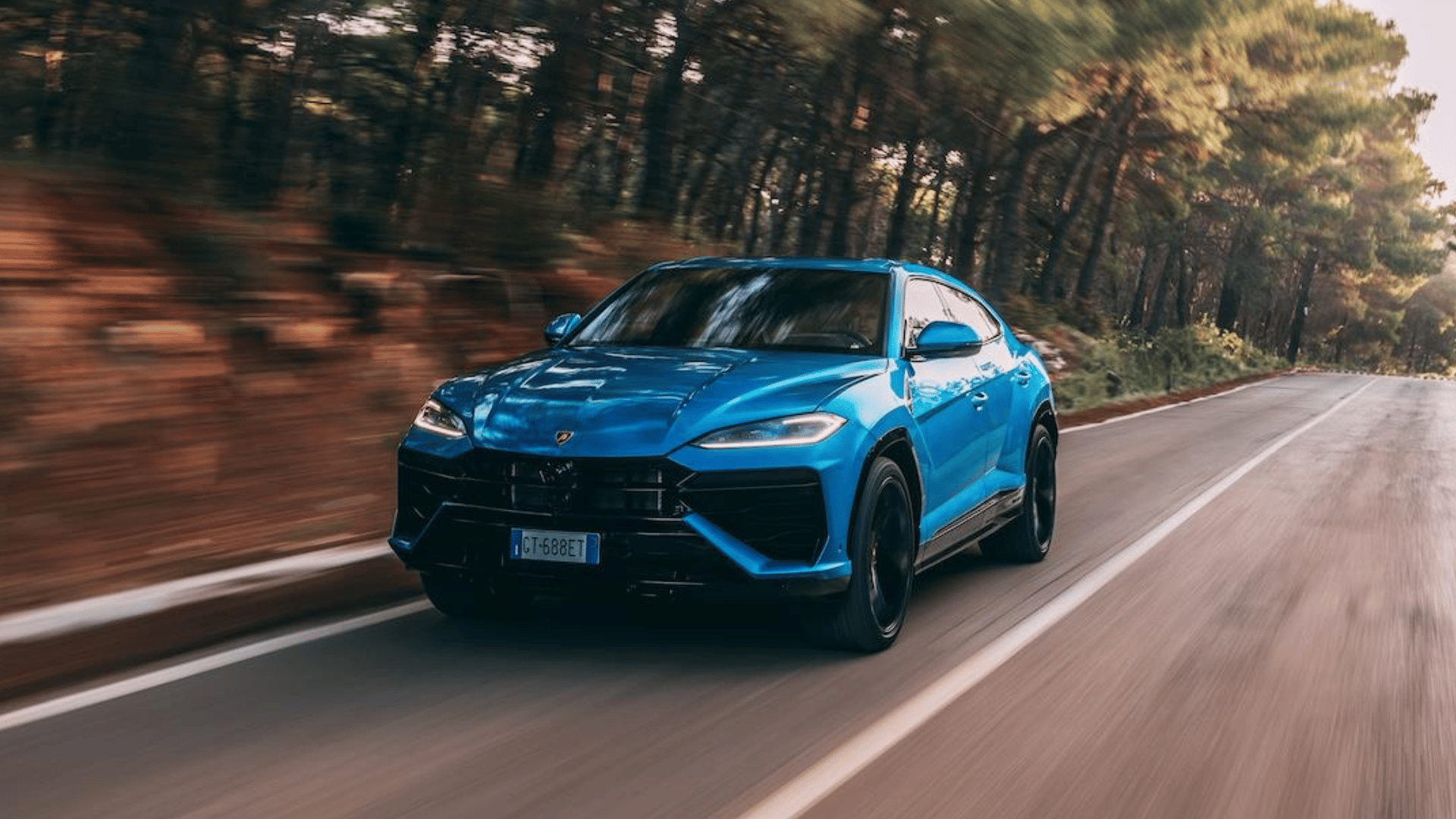Rolls-Royce has become the luxury car of choice for custom-hungry millennials
The classic Rolls-Royce is no longer your grandfather’s regal cruiser
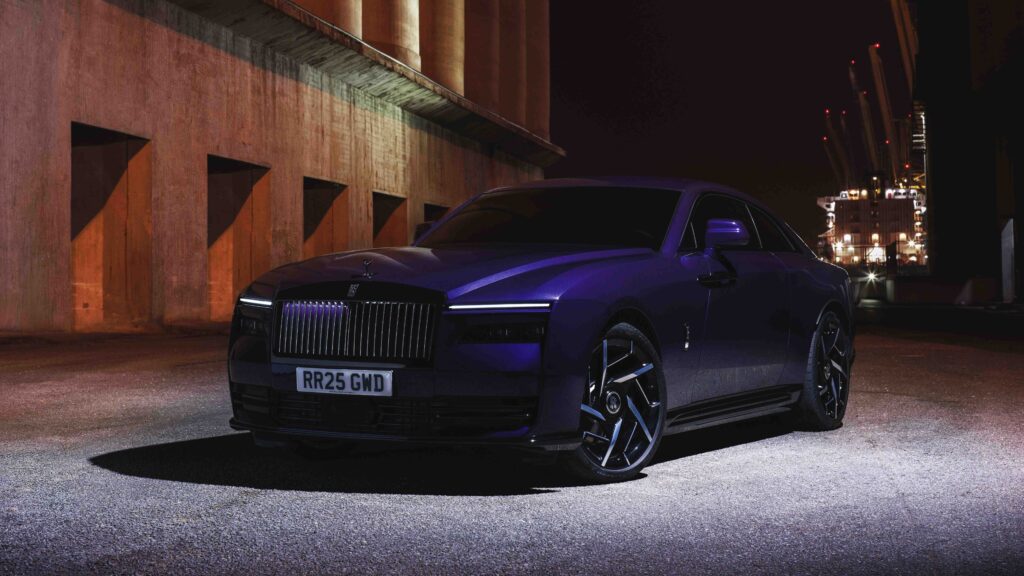
FOR MORE THAN A CENTURY, the image of the grey-haired, regal aristocrat who never touches the wheel has ruled the iconography of the world’s most luxurious automotive marque, Rolls-Royce. And just five years ago, this image wouldn’t have been far off. But now, millennials are leading the luxury charge – they want to design as well as drive their cars, and, importantly, they don’t want it to resemble their grandfathers’. It’s this cohort that is shaping the thoroughly modern, dramatic and ever-evolving new era of Rolls-Royce, and, in turn, every other car brand using luxury as a means to keep up.
At the 2023 launch of the very first Rolls-Royce EV, Spectre, the British carmaker shocked attending media with the claim that the average age of the new Rolls-Royce buyer is 35. If you’ve been following the luxury market, you might wonder, ‘Why so surprising?’ After all, millennials are the largest and most influential consumer cohort, and that subset that qualifies as HNWIs is the number one demographic reshaping luxury. However, we’re not talking about a Bottega Veneta Intrecciato tote here. Rolls-Royce cars are eye-wateringly expensive (often north of $1.5 million), ultra-niche and highly exclusive, with only around 6000 cars hand-built per year. But where a Rolls-Royce was once enjoyed by an older customer and considered more of a gift-to-self after decades of hard toil, today, the haute couture of automobiles is more of an early declaration of arrival, ambition and taste, as well as a statement of identity.
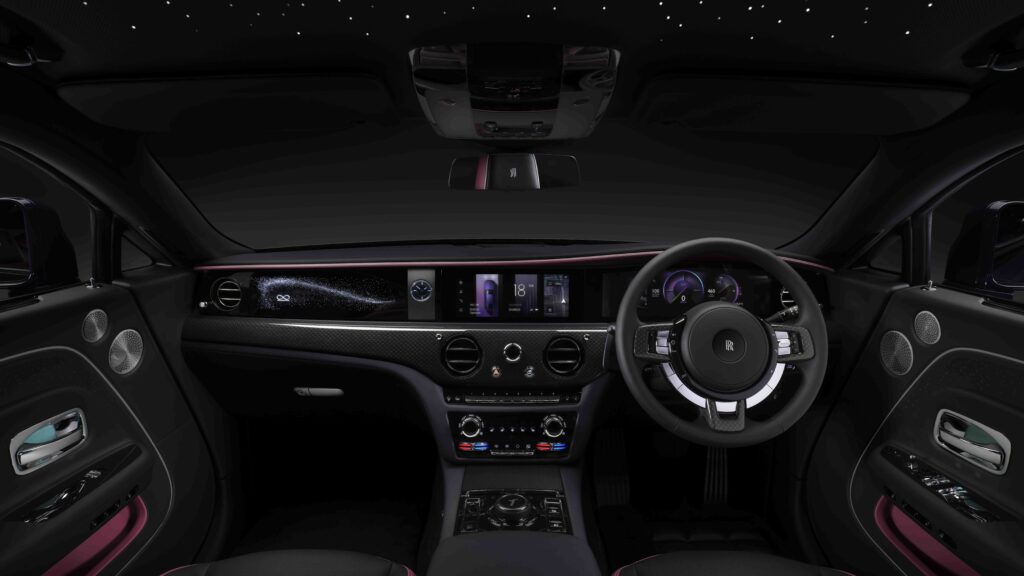
Over the last decade, the ultra-high-net-worth population has grown both larger and younger, thanks to faster (albeit riskier) pathways to big money, compared to the more traditional, steady-as-she goes methods of generations past. These pathways, which might be on top of family inheritance, might include crypto, new media and sundry entrepreneurial pursuits. Tied to this rapid accumulation of wealth is a propensity to spend it at speed. And why Rolls-Royce? The bespoke nature of these cars, brand legacy and premium craftsmanship speak to this demographic’s love of a great, highly personalised story. And now with the fully electric, grand tourer Spectre on offer – the model that’s been key to attracting a younger client – the marque is in its high-tech era for the eco-aware digital native who wants to drive rather than be driven.
Signs of this youthfully minded customer who seeks a more audacious and, dare we say, contrarian kind of Rolls-Royce have been apparent for some time. In 2021, Rolls-Royce introduced Black Badge, not a sub-brand, but a shadow version of its elegant creations, rooted in bolder performance and luxury-ideal disruption. Today, it introduces a new Spectre Black Badge – the dark and subversive alter ego to its sleek and elegant super coupé, and the most powerful Rolls-Royce ever made.
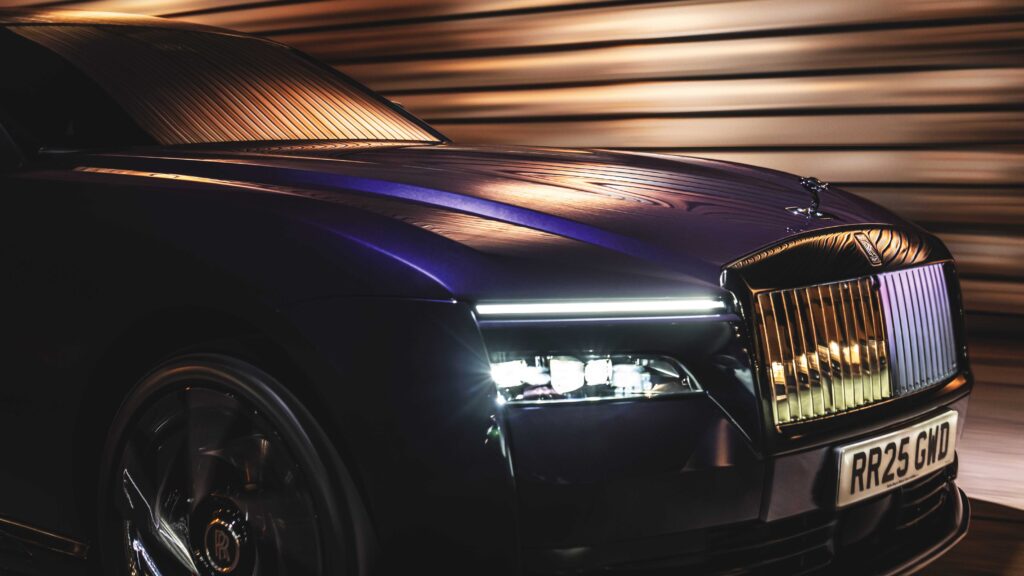
The history of Black Badge sheds light on the factors shaping the Goodwood-based marque. Born of customer demand in a turbulent, post-opulent world, Rolls-Royce identified an emerging customer who, while designing their car with the marque’s bespoke division, sought to counter the cliches of luxury-past. Rolls-Royce notes that this contemporary idea of rebellion is closely aligned to shifts that had been occurring within the last decade of fashion – the influence of Alexander McQueen, Rick Owens, Yohji Yamamoto, Ann Demeulemeester and even Rimowa’s minimalist suitcases; contemporary architecture, such as more industrial-centric aesthetics and materials; and finally, athletic design shifts among wider luxury symbols, like small sailcraft and personal aircraft desired and owned by Rolls-Royce’s clientele.
On a Black Badge, the chrome brightwork, including the iconic Spirit of Ecstasy hood ornament, is reimagined in black, and brighter colour options (not unlike what you’d find on a Lamborghini) add unexpected contrasts. Instead of the more decorative and traditional materials (like lacquered woodwork), exhaustively engineered technical materials (like Technical Fibre, a new surface finish made by hand-laying metal threads between layers of carbon fibre), and aircraft-grade aluminium are defining this new aesthetic. In Spectre Black Badge, which debuts that new surface material, the addition of a new, coloured and illuminated Pantheon Grille, as well as futuristic-style illumination throughout the cabin and digital cockpit, among other details and options, give it a cool, cyberpunk aesthetic – which on paper, sounds like everything Rolls-Royce is not, but it is equally evident of new-gen client desires.
The Millennial-Z influence is not exclusive to the beginning of Rolls-Royce ownership; it’s also shaping how client communities are formed – the money-can-buy element is a tiny part of how luxury brands are now expected to behave. Speaking to these shifts in expectations and social-media habits, Rolls-Royce now has its own digital private members’ club, called Whispers. A social media-adjacent app exclusively available to clients, Whispers functions as a tool for Rolls-Royce to communicate with clients directly and share relevant content, like bespoke creations, products, events, services and even general-interest editorial, either crafted in-house or curated from sources, including Esquire Australia.
Since its launch 2020, other makers have tried to replicate Whispers for their customers, though few have managed to tap into community quite as successfully, partly because of issues around privacy.
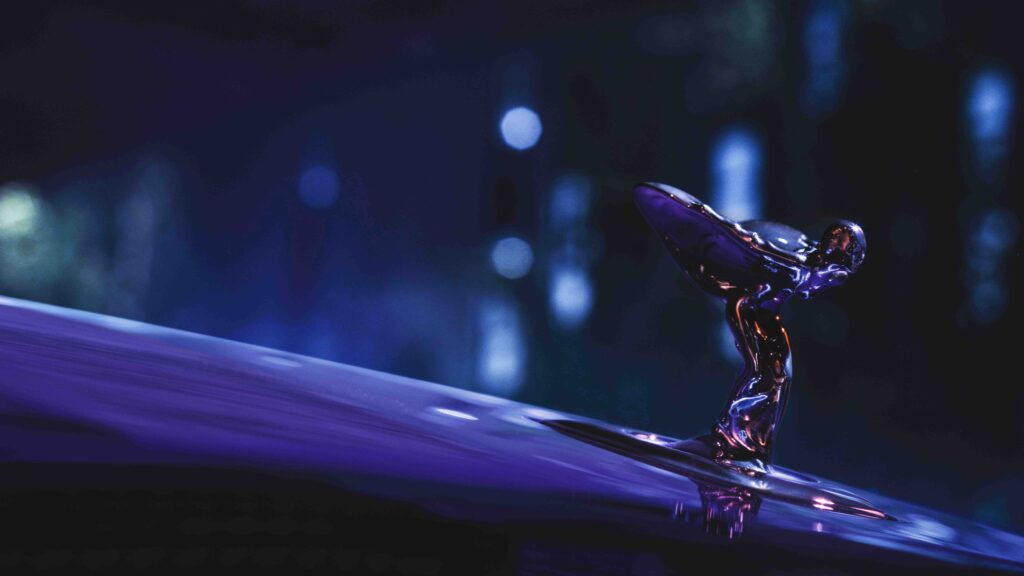
“I’ve been surprised by how safe people feel in the community,” Christopher Hardy, Rolls-Royce Motor Cars’ product manager for Spectre, tells us about the app. “In this day and age, you don’t know who’s who on social media. Whereas if you’re on Whispers, you have to have a Rolls-Royce to use it. It’s not about showing off by any means, because everyone’s achieved a certain level of wealth to be in there. But it’s surprising how much they want to share and to celebrate their success,” he says. “Compared to what happens on, say, Instagram, they’re able to share in a very safe place where there’s a level of appreciation and where they’re not going to be judged or commented on.”
The paradox of a client who seeks a bolder, more irreverent and, arguably, more noticeable car yet also craves invisibility in their personal life is a tension growing within a brand like Rolls-Royce. It’s also a sign of things to come. Buyers are using irreverence as a form of new-gen self-expression. A Rolls-Royce with attitude hits the mark. Yet alongside this desire to be seen is a craving for the opposite: to retreat into curated and personalised privacy. And Rolls-Royce is uniquely able to offer both. It is, at once, the most conspicuous badge on the street, with the most discreet sanctuary behind the wheel. That duality of heritage and modernity, visibility and invisibility, is what keeps the brand magnetic to a new generation rewriting the meaning of luxury. It’s also keeping the rest of the industry on its toes.
Related:




